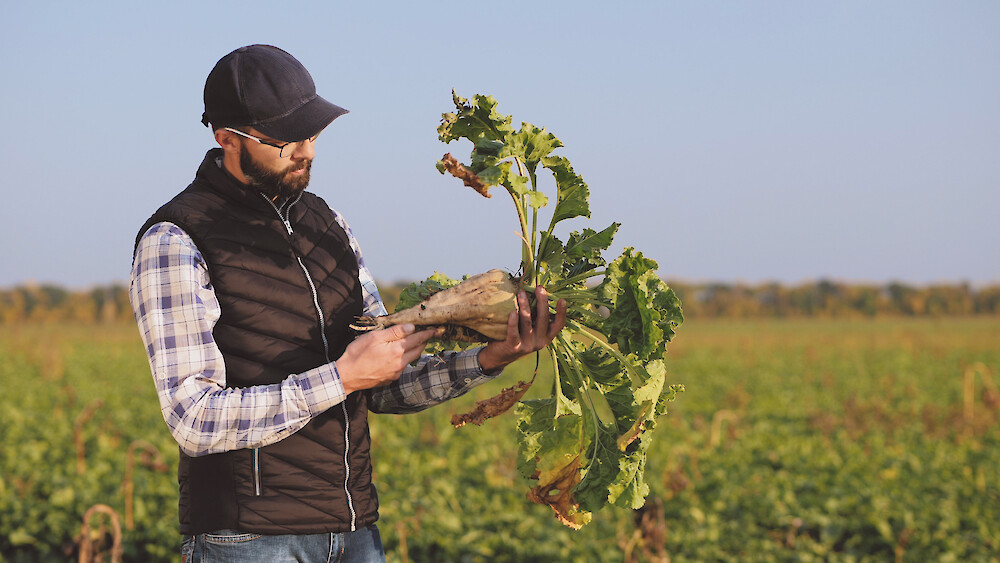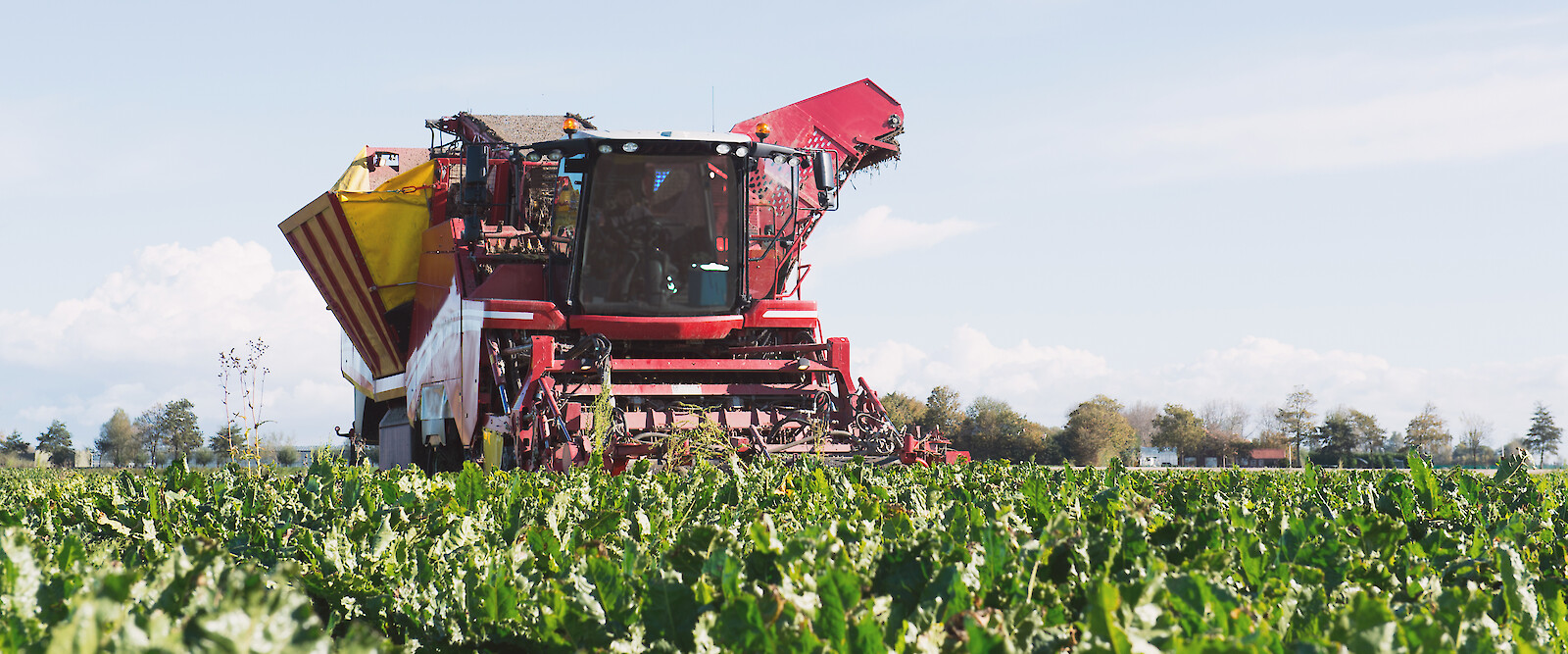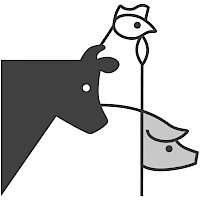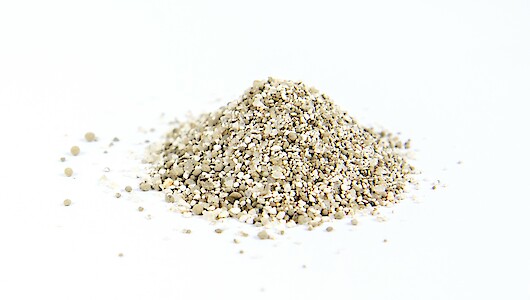Changeable conditions complicate forecast
What surprises does the 2020 sugar beet campaign hold?
02.10.2020 – The sugar beet harvest in Germany has begun in many places. Processing of the sugar crop begins between mid-September and early October. The drought also caused problems for the sugar beet this year. But the sugar beet has an enormous capacity to compensate. Rain-induced growth exceeded the previous year's figures in some places by double-digit percentages. Forecasts therefore appear difficult.
The sowing of sugar beet in March and April took place under good conditions. However, the low rainfall months of April and May slowed down the development of the plants in many places. In some places, even historically low precipitation was measured. The German Farmers' Association (DBV) expressed concern about the continuing lack of water. The regions of central Germany and Baden were particularly affected.
It was not until the rainy month of June that plant growth picked up again and the crops in particularly affected areas were able to catch up. However, the hot spell in August caused renewed drought stress in some regions. The drought was sometimes so severe that two people even had to pull sugar beet out of the concrete-hard soil by hand during trial grubbing (e.g. in the Söllingen/Wolfenbüttel region).
Sugar beet pulp - an important component in animal feed
Sugar beet pulp is a by-product of sugar beet processing. Depending on the water content, a distinction is made between wet, pressed and dry pulp. Sugar beet pulp enriched with molasses is mainly used in cattle, pig and sheep feed
Mixed 2020 campaign expected
"The long dry period in spring 2020 and the associated late field emergence of the sugar beet were not very beneficial from a yield perspective," explains Südzucker, the world's largest sugar producer at the start of the current campaign. The Mannheim-based group expects a highly heterogeneous 2020 beet harvest across its entire catchment area.
This is because, despite the pronounced drought, the weather-related differences in growth vary greatly from region to region. In addition, sugar beet has an enormous compensatory capacity. Rain-induced growth in the Zeitz area, for example, resulted in a yield increase of 38% in late summer compared to the previous year.
Current estimates assume a beet yield of 73.5 tonnes per hectare. This corresponds to a total harvest in Germany of about 28.4 million tonnes. For the EU, the European Commission expects a total of 110.3 million tonnes. Compared to 2019, this corresponds to only a slight decline of 1.2 per cent.

-
Austria's cultivation area will again be low this year at 26,000 ha. If beet farmers do not contractually guarantee a cultivation area of at least 38,000 ha by mid-November 2020, the sugar beet factory in Leopoldsdorf will be closed down. As a result, sugar production will be concentrated at the Tulln site. Since the required cultivation area has not been reached for years, the closure seems inevitable.
-
As the strongest beet grower in the EU, the European Commission expects a harvest of 36 million tonnes in France. This corresponds to a decline of 3.2 per cent compared to the previous year. Reports of a massive infestation of the beet yellowing virus in all French growing regions are fuelling the price development of sugar beet pulp on the German market. Fearing harvest losses and the possible abandonment of beet cultivation by farmers, the French Ministry of Agriculture is taking special measures. It has applied to the EU for emergency authorisation to spray beet with neonicotinoids for the 2021 sowing season. A decision is still pending.
Price development still open
During the course of the year, both campaign and post-campaign prices have experienced further support. The price level is currently well above that of 2019, but how the 2020 campaign will turn out remains open. Last year, market players also outlined a tight scenario - especially for the 2019 post-campaign. However, this was not confirmed.
The price development of the last few weeks reveals a downward trend. However, it remains to be seen whether this is due to a lack of domestic demand, the growing fear of a spread of African swine fever (ASF) or a lack of exports due to the COVID 19 pandemic.
Conclusion
- Drought caused problems for sugar beet in many places in 2020. At the same time, beet farmers achieved rapid growth in some places due to rain.
- The price level is currently significantly higher than in 2019.
- However, it remains to be seen how the 2020 campaign will turn out.
- The price trend in recent weeks has been downward.
Photo credit: © Ivonne Wierink - stock.adobe.com (top slider)


























